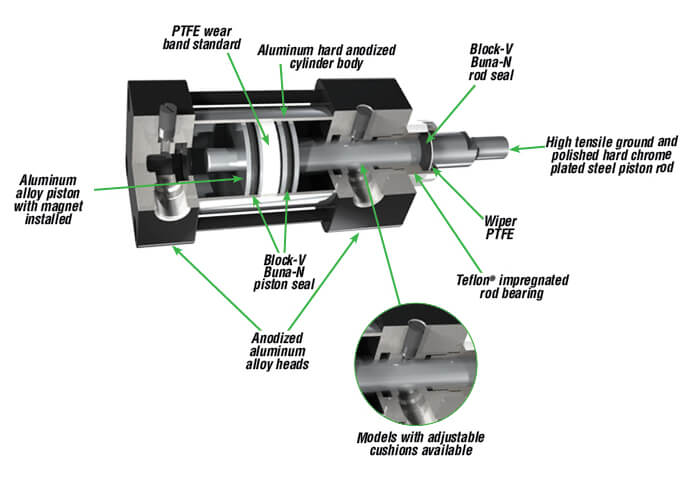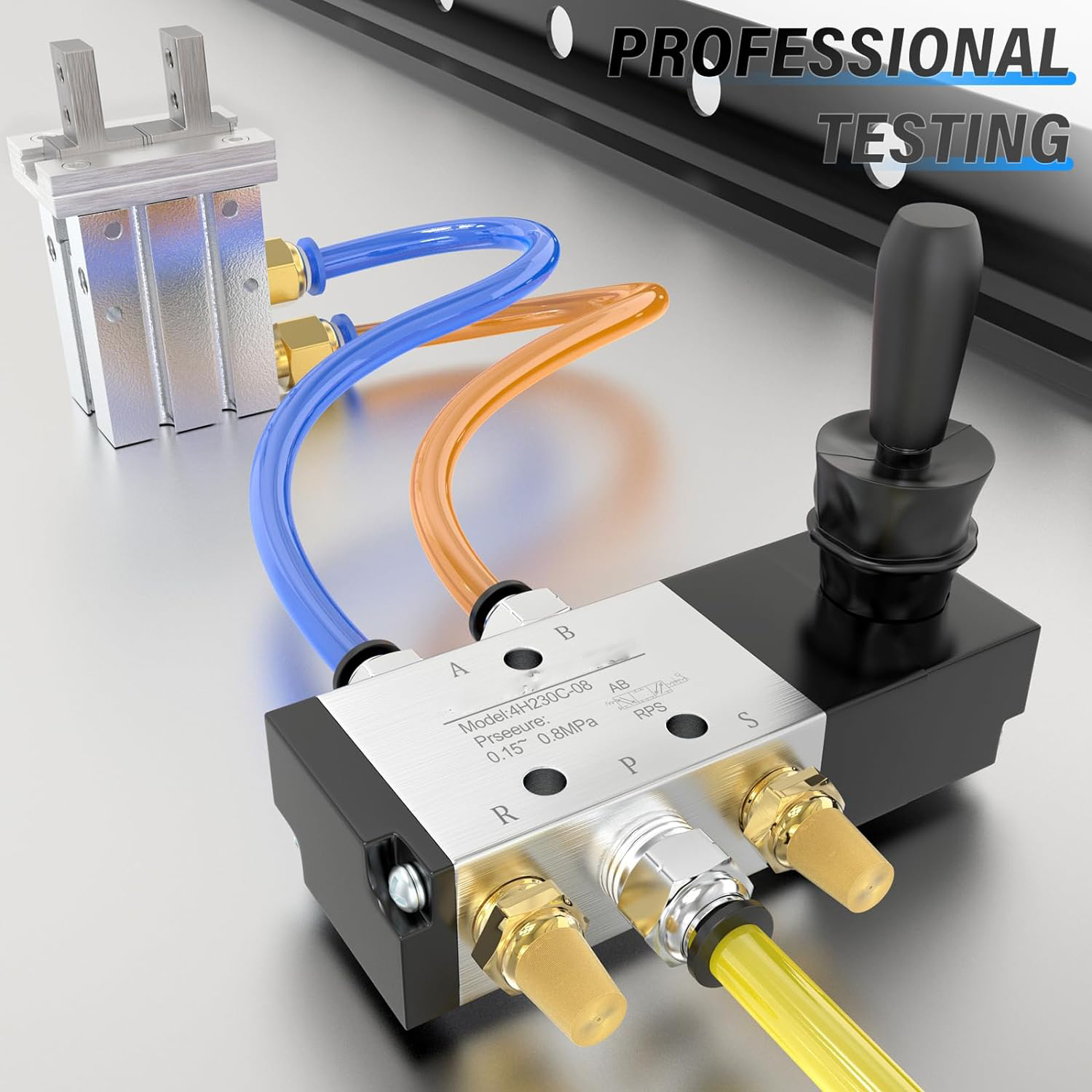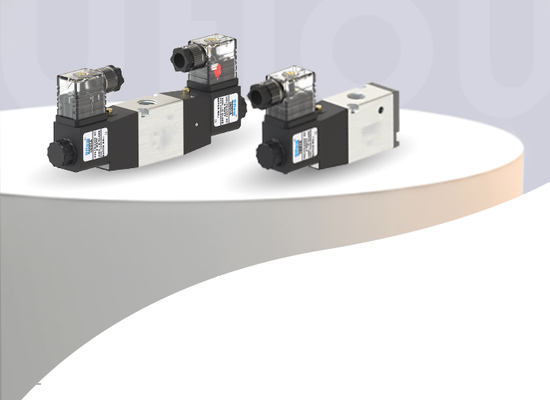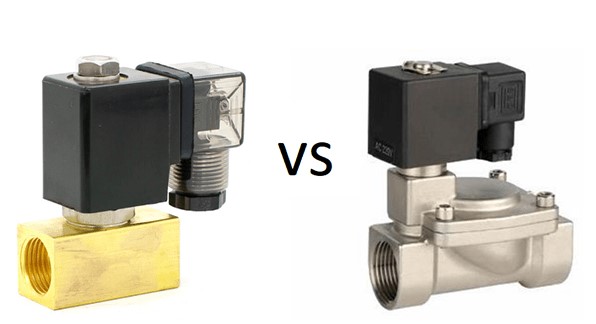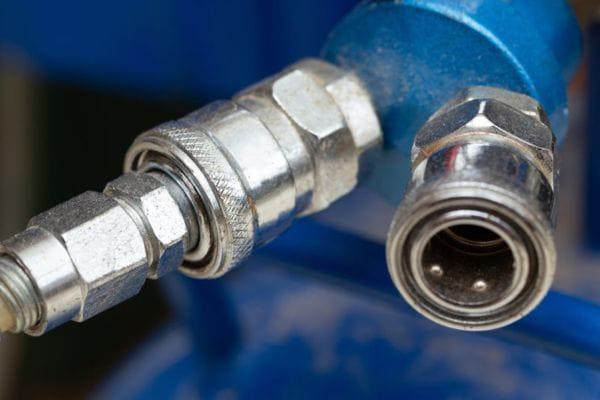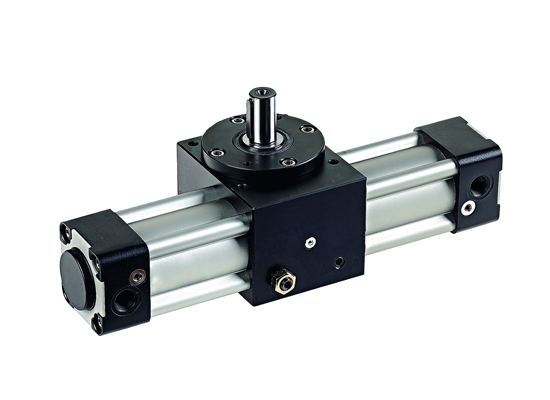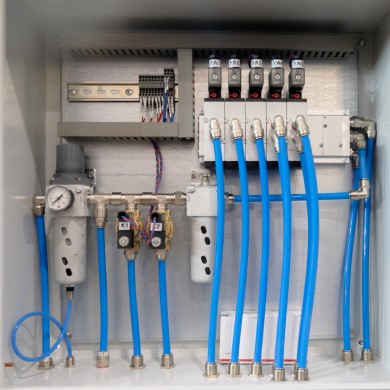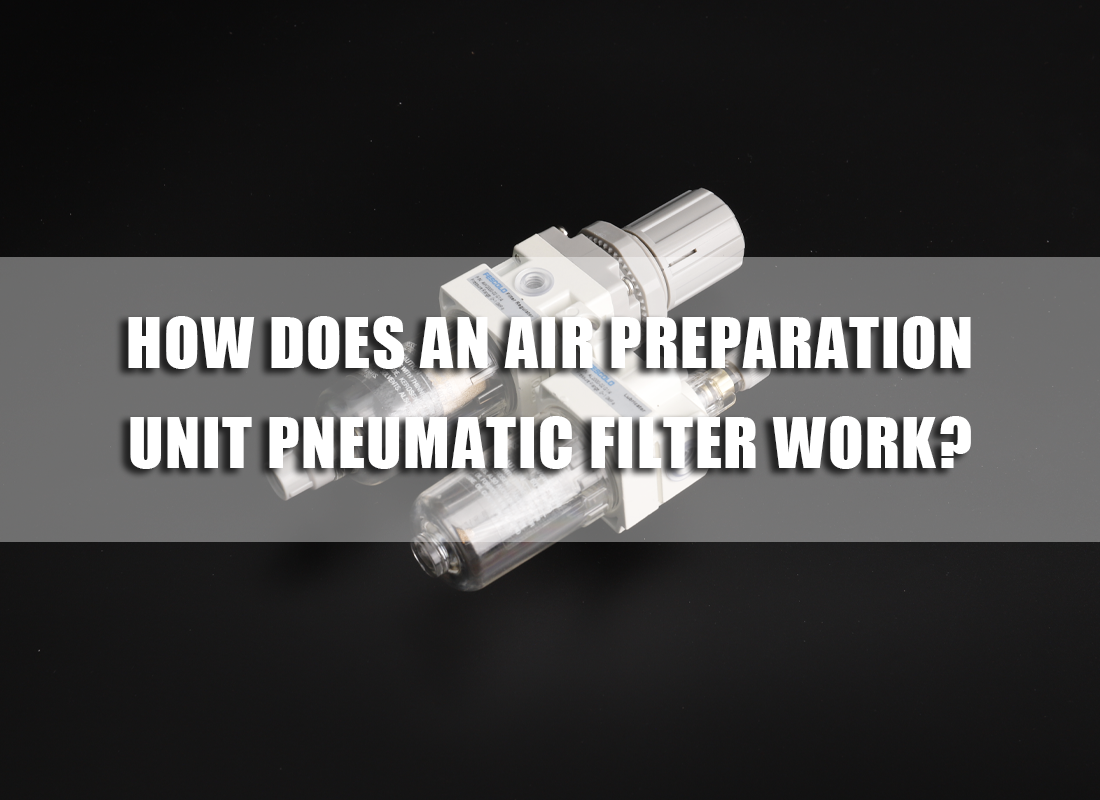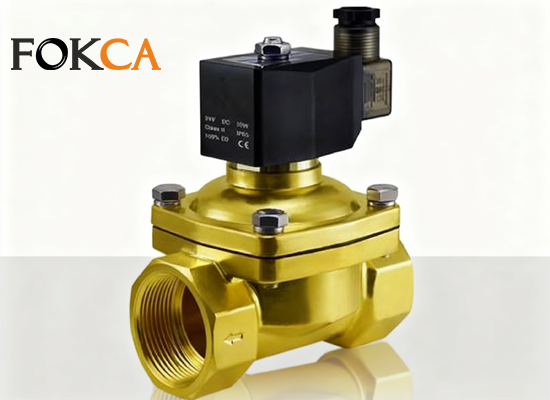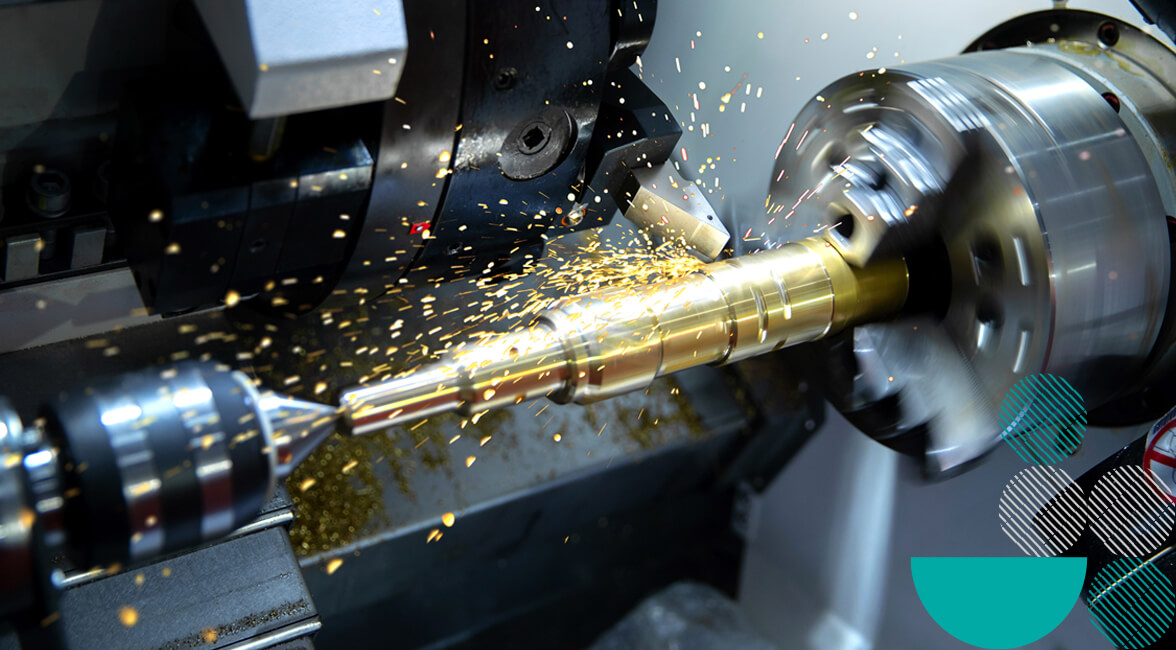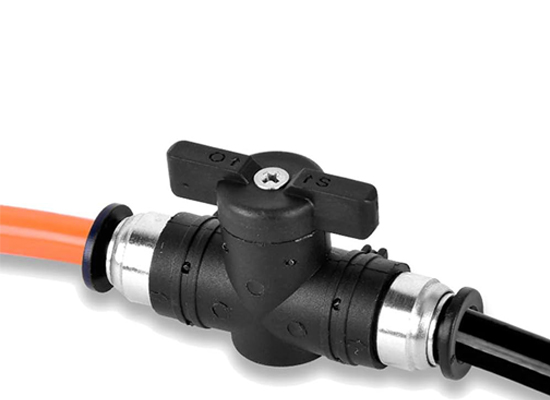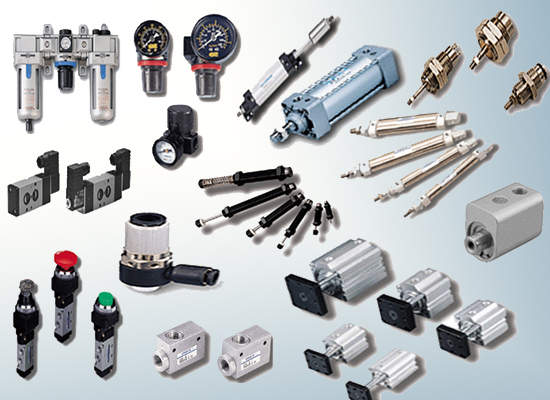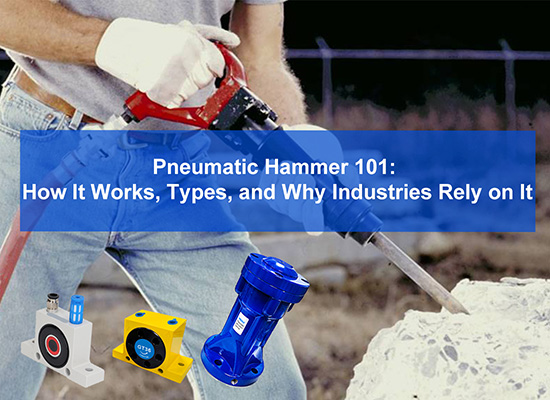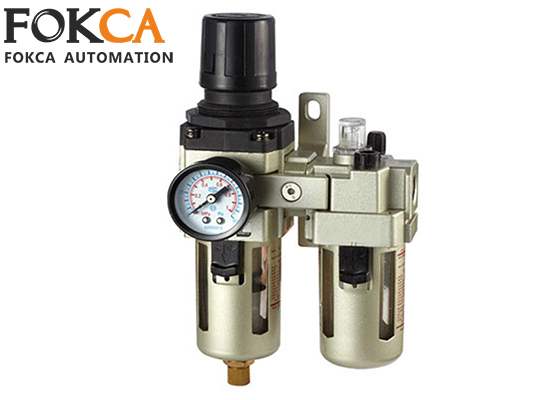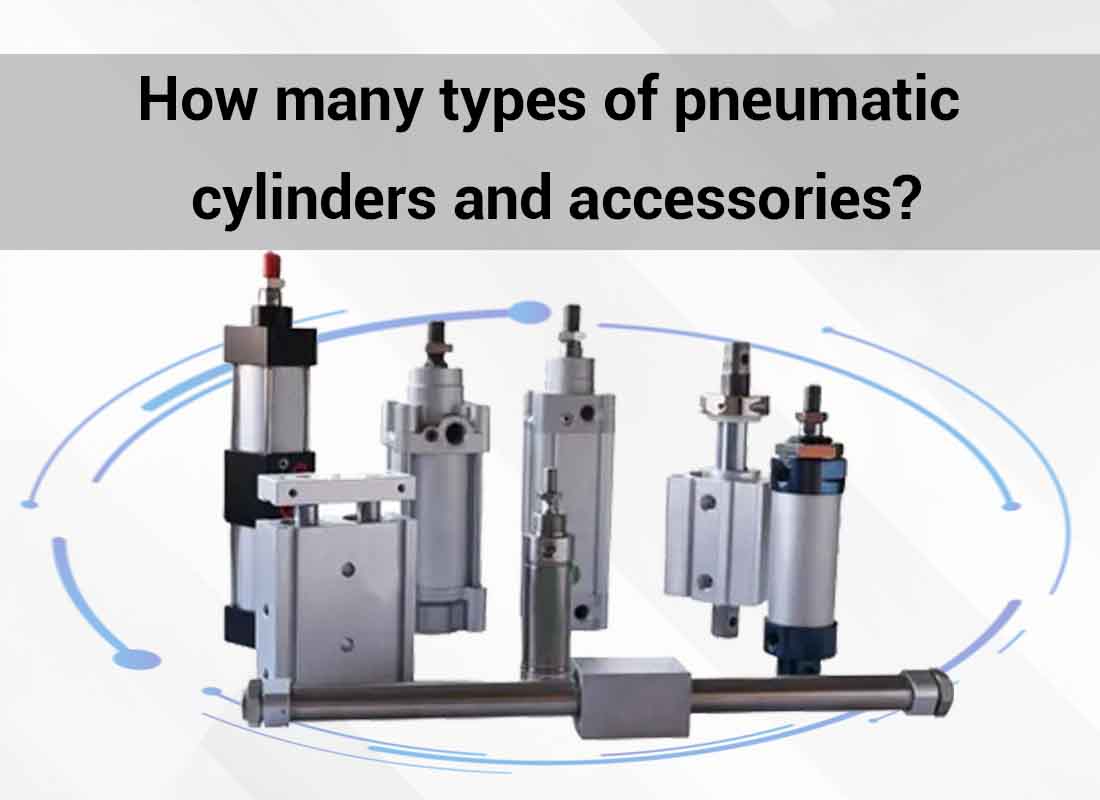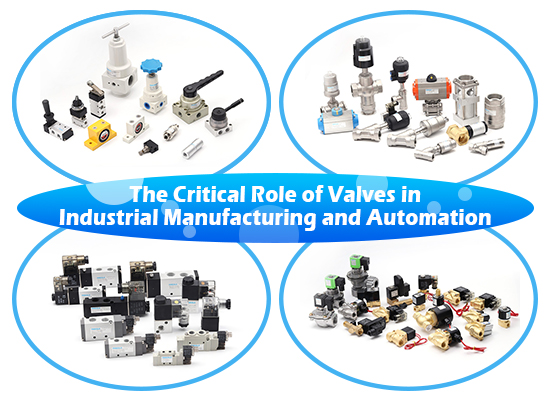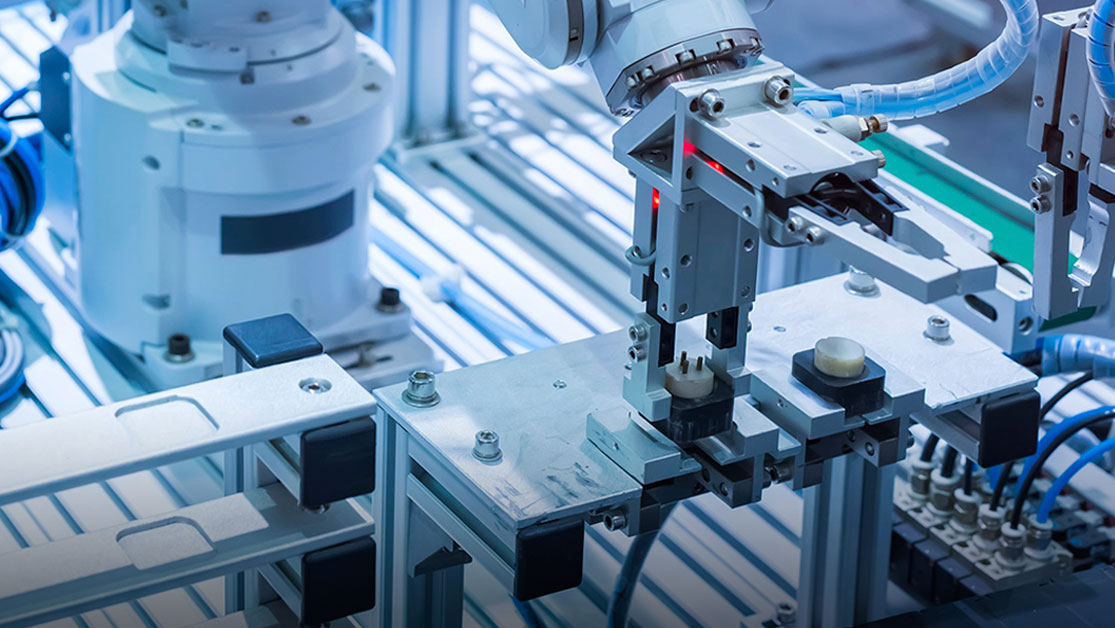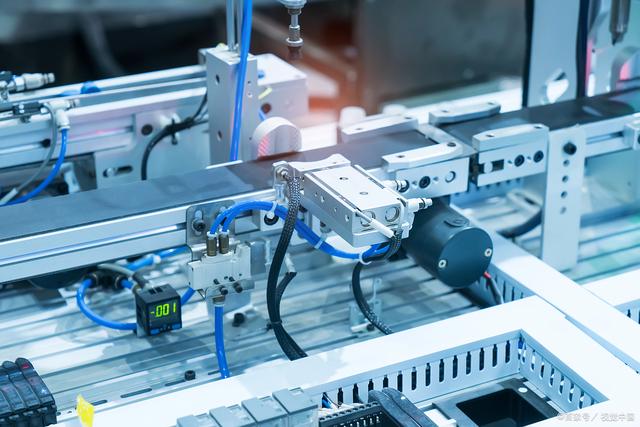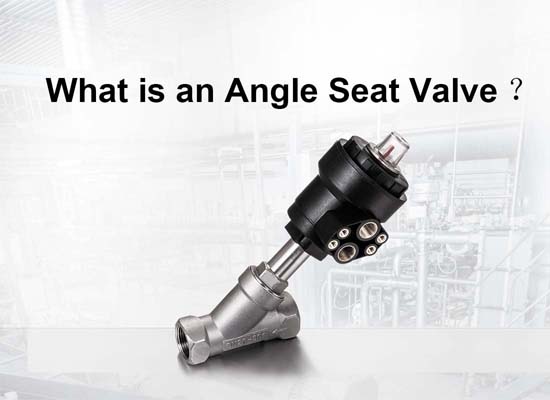Pneumatics uses gas—generally air drawn from the atmosphere compressed as the power medium—to transmit and control energy through actuators. It is widely applied in industrial automation, machinery control, transportation equipment, and tool driving. A pneumatic system consists of a compressed air source, cylinders, valves, pipelines, and control components. By regulating and controlling the pressure and flow of the gas, it achieves driving, positioning, and motion control of mechanical devices. Pneumatic technology features simple structure, fast response, cleanliness, environmental friendliness, and high safety, making it an important power and control method in modern industrial production.
Types of Pneumatic Hammers
Although pneumatic air knocker come in light, medium, and heavy types, the difference in their impact force is not due to the amount of compressed air used—this is a common misconception.Let's explore their differences.
Light Pneumatic Hammer: One of the many advantages of this air knocker is its low impact force, high-frequency and small-amplitude vibration, low noise, and excellent maneuverability. It is suitable for sheet-metal forming, small-parts assembly, electronics manufacturing, as well as jewelry engraving, shaping, and other precision work.
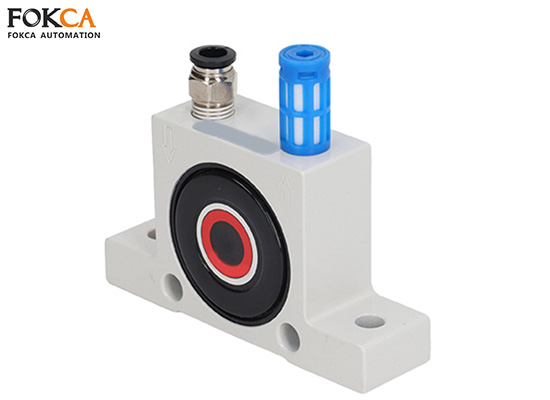
Medium Pneumatic Hammer: Offers greater impact force than light models, striking a balance between power and controllability, and is highly versatile. It is commonly used in the construction industry for tasks like concrete breaking and surface scabbling, as well as in metalworking and mining applications.
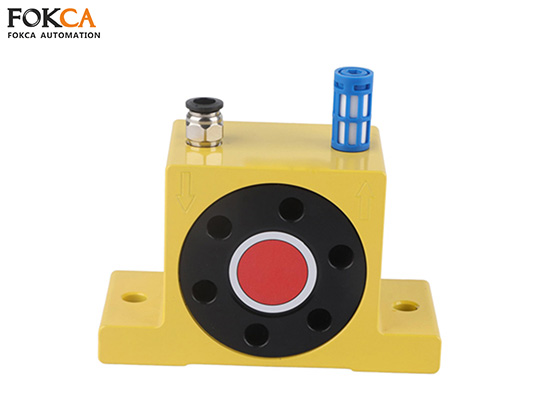
Heavy Pneumatic Hammer: Delivers the highest impact force with low-frequency, high-power strikes, often requiring the use of brackets or robotic arms for operation. It is employed in industries such as shipbuilding for thick steel plate cutting or riveting, large-scale infrastructure projects, and foundries.
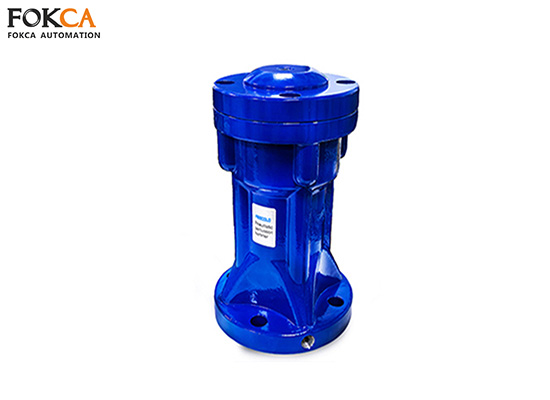
Pneumatic Hammer Application
The pneumatic forging hammer, also known as an air-powered hammer or pneumatic air hammer, is a tool powered by compressed air that generates impact force through high-speed reciprocating motion. It is widely used across various industries.
◆ Application in the construction industry.The scene includes chiseling and rock breaking.
◆ Manufacturing application scenarios
◆ Application scenarios in the demolition/repair industry
◆ Mining and Stone Processing
The use of air pneumatic hammer in these industries can effectively improve construction efficiency, reduce manual fatigue, increase precision, save labor hours, be safe and efficient, replace high-temperature operations, have strong impact force, adapt to harsh environments, and other advantages.
Pneumatic Air Hammer vs Electric Hammer
| Comparison Dimension | Pneumatic air Hammer | Electric Hammer |
| Power Source | Compressed air | Electricity |
| Impact Force | Generally stronger, suitable for heavy-duty tasks | Moderate impact, suitable for medium-duty operations |
| Continuous Operation | Can run for long periods without overheating | May overheat or damage the motor during long use |
| Application Scenarios | Industrial work, heavy demolition, mining, construction | Home renovation, light construction, routine maintenance |
| Weight & Size | Heavier and bulkier; requires connection to compressor | More lightweight and portable |
| Safety | No electric spark, suitable for flammable/explosive areas | Produces electric sparks, not ideal for hazardous zones |
| Cost of Use | Higher initial cost | Lower upfront cost, flexible use, but includes electricity and maintenance costs |
| Noise & Vibration | Loud with strong vibration | Lower noise and vibration, more ergonomic |
| Ease of Use | Requires air supply | Plug-and-play; easier for general users |
In General
Pneumatic hammer is suitable for:Heavy-duty industrial operations,Work conditions requiring long-term continuous operation and High-temperature or explosion-proof environments.But there is a lot of noise.
Electric hammer is suitable for:Since it uses power supply, the power supply is more convenient, but the impact force is small, so it is only suitable for medium-sized tasks.
Pneumatic Hammer Maintenance Tips
Regular Lubrication:Use specialized pneumatic tool oil. Add 3–5 drops into the air inlet before each use.
Cleaning and Storage:After use, remove dust and grease from the tool. Store it in a dry and well-ventilated place.
Inspection of Wear Parts:Regularly check wear parts such as the chisel, spring, and sealing rings. Replace them promptly if necessary.
Air Filtration and Drying:Keep the air supply dry to prevent moisture from corroding the pneumatic components.
Regular Performance Testing:Conduct regular performance tests to evaluate the tool’s impact force and air consumption.
Additional Tips: Noise Reduction & Efficiency Improvement
Noise reduction techniques
◆ The muffler is installed at the exhaust outlet to effectively reduce exhaust noise
◆ Maintain good lubrication condition
◆ Try to work in a closed environment with sound-absorbing materials
◆ Reasonable homework pace
◆ Avoid empty play and frequent startup, reduce the generation of continuous noise
Suggestions for improving efficiency
◆ Maintain a stable air pressure supply
◆ Match with appropriate chisel tools
◆ Avoid frequent stop start operations
◆ Regular training for operators
Tips for extending lifespan
◆ Avoid prolonged continuous use
◆ Appropriate intermittent use to prevent equipment overheating or fatigue damage to pneumatic components
◆ Regularly discharge condensate water from the air compression system
◆ Special attention should be paid when working in humid environments to prevent moisture from entering the tool and causing rust
◆ Establish and maintain a record sheet
Conclusion
Through the study of this guide, we believe that you have gained a comprehensive understanding of the functions, usage methods, safety points, and maintenance techniques of pneumatic hammers. Whether in building demolition, mining operations, or industrial maintenance, pneumatic hammers are important pneumatic tools for improving efficiency and operational quality.
Contact us to recommend suitable tools and accessories for your work needs.Using the right tools, twice the result with half the effort! Choose a professional pneumatic hammer to empower your project.



